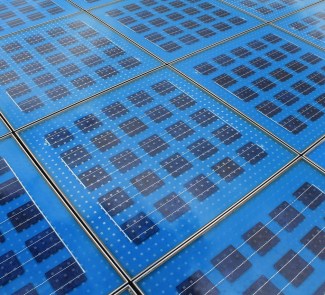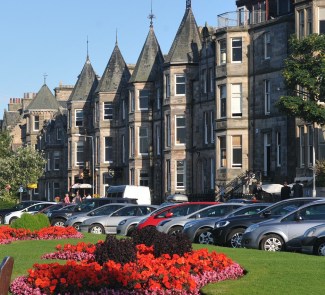Telefónica will deploy an initiative in the UK to install 30 million smart electricity controllers.
There is no doubt about the extreme dependence of current societies on energy sources. However, the traditional energy approach that we have inherited from the twentieth century presents serious sustainability problems in the medium and long term.
First, the days of fossil-fuel reserves, which constitute a large percentage of energy consumption, are numbered. Accordingly, alternatives focused on renewable energy have been gaining strength to the point that in 2010, 16% of the energy consumed in the world came from renewable sources. Meanwhile in Spain this figure rose to over 30% during 2010 and 2011.
Furthermore, there is a problem of energy loss on the network; that is, the amount that is produced but not consumed. One reason for this is the lack of a relationship between supply and demand, and our inability to store certain energy sources. It is estimated that in 2008 the difference between the amount produced and that actually consumed amounted to 31% of the total.
That is why energy solutions that try to adapt supply to the needs of the consumer as much as possible are slowly gaining momentum. Let’s talk about a new approach: Smart Energy the focus of a recent report by Fundación Telefónica.
Smart Energy is an approach that overturns the traditional way of producing and consuming energy, seeking to maximize the efficiency of the process. The consumer becomes the centre of the system and the Smart Energy approach is about providing the service in the most efficient and environmentally friendly way possible.
There are three Smart Energy model components, consumers, networks and suppliers.
- In this scheme, the consumer takes a more active attitude, becoming a prosumer, because now they can combine the production of their energy with its consumption. We are speaking of both individual consumers and businesses.
- The networks, by which we mean the traditional power distribution and telecommunications networks, contribute to optimize the distribution model by exchanging information in real time.
- Supply, which in addition to traditional energy sources, now includes power generation on a small scale and greater flexibility to adjust production to demand.
We recently learned of an initiative of Telefonica in this area, a massive plan to deploy 30 million smart meters in the UK. This project, the details which can be found here, eliminates manual consumption reading and generates a bill allowing citizens to know how much they are consuming in real time.
The concept of Smart Grids is born, which the European Commission defines as:
«A Smart Grid is an electricity network that can cost efficiently integrate the behaviour and actions of all users connected to it – generators, consumers and those that do both – in order to ensure economically efficient, sustainable power system with low losses and high levels of quality and security of supply and safety for supply and the consumer.»
In short, it’s about breaking the classical one-way energy-distribution from source to consumer and initiating new two-way producer-customer and customer-producer relationships. Intelligent functions appear on the network that enable communication among the different components and balance supply and demand, reducing errors and energy losses in the process.
The object is to save resources and minimise environmental impact. As an example, it has been estimated that if the smart grid meters improve the effectiveness of the U.S. electrical grid by only 5%, that would reduce greenhouse emissions equivalent to that caused by 53 million cars.
In addition, the Telefónica Foundation report identifies other obvious benefits:
- More efficient transmission of electricity.
- Faster recovery of electricity after power disturbances.
- Reduction of operations and management utility and energy costs for consumers.
- Peak demand reduction, which also helps to reduce electricity rates.
- Greater integration of large renewable energy systems.
- Better integration of customer-owner power generation systems, including renewable energy systems.
Looking ahead, talk is already about a new open smart energy concept, in which all production, storage and consumption elements are integrated, and where users collaborate decisively to balance the grid, leading to a kind of collective intelligence.









